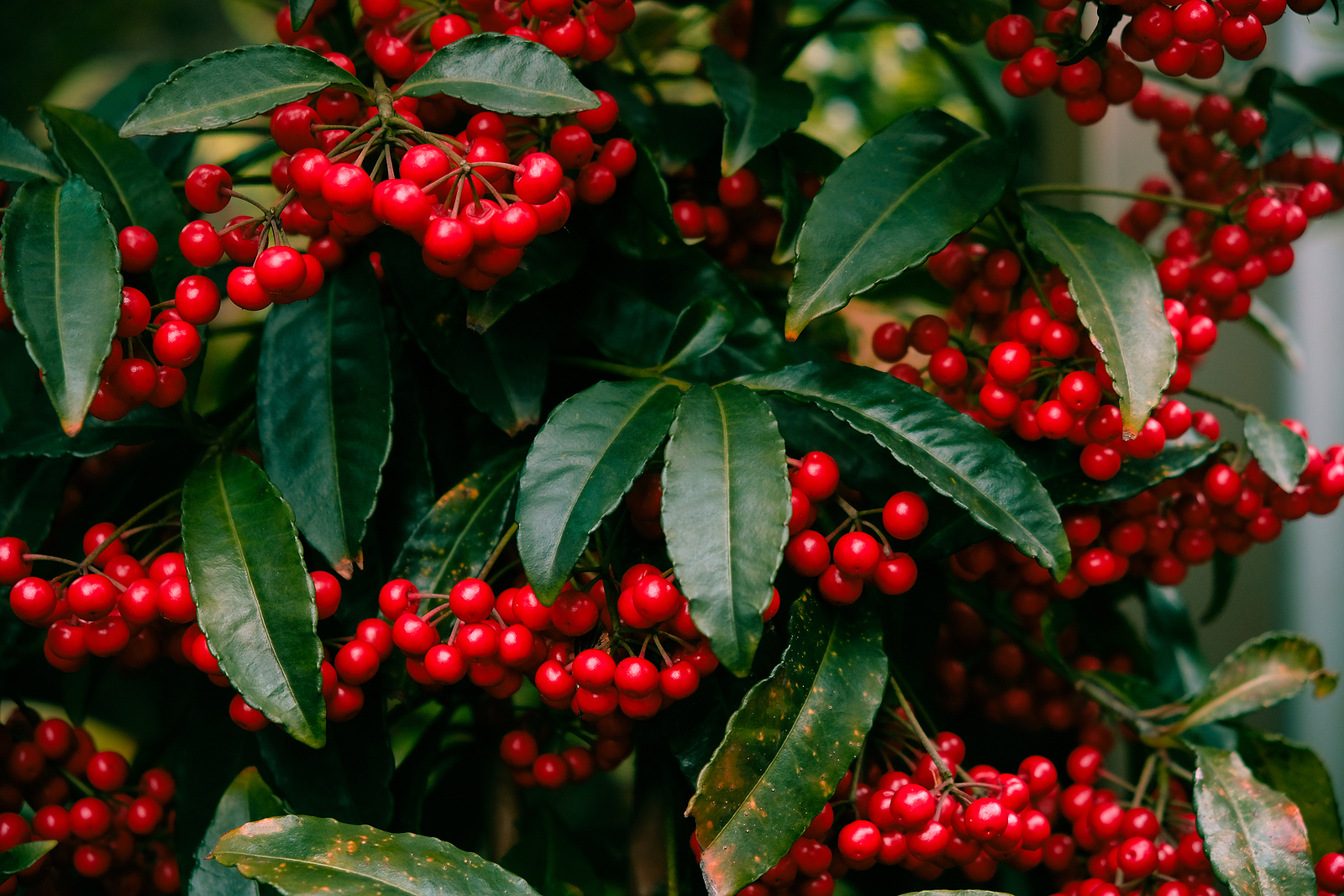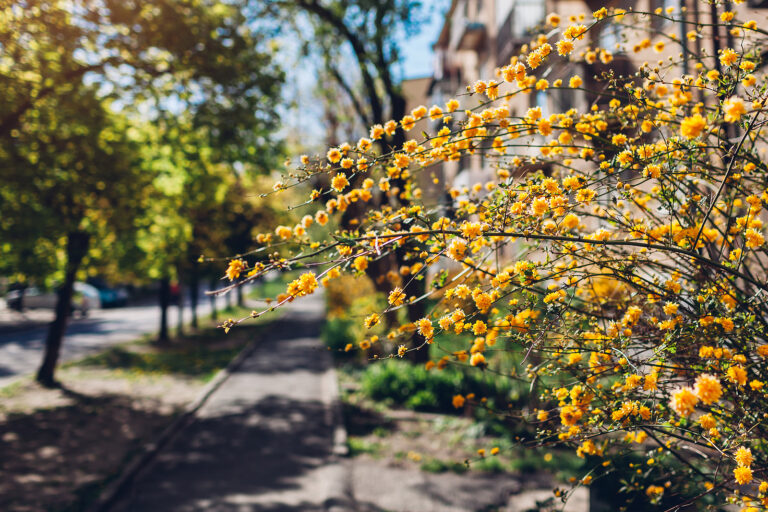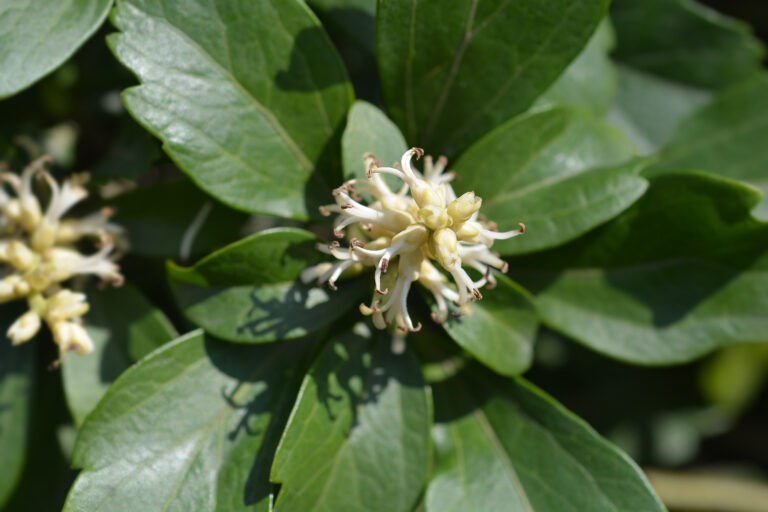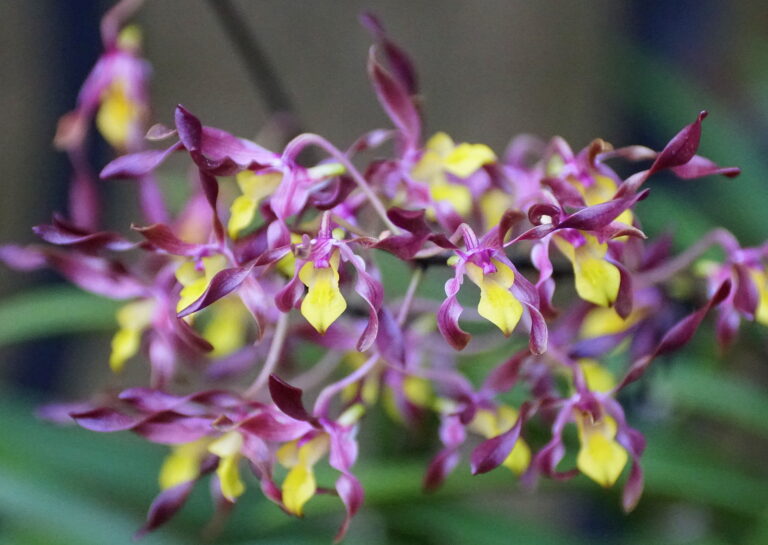How to Grow Coralberry – Ardisia
Ardisia is a small evergreen shrub grown for its whorls of glossy leaves, star-shaped flowers, and lasting bright red berry-like fruits. One species, Ardisia crenata, is often grown as a holiday houseplant, a second is grown as an outdoor groundcover.
Ardisia is a genus of about 150 species of evergreen shrubs. Only the two species listed below are commonly grown.
Get to know Ardisia
- Plant type: Evergreen low growing shrub
- Growing zones and range: Zones 9-12 depending on the variety
- Optimal growing temperature: day, 70°F (21°C); night, 50° to 55°F (10° to 13°C).
- Height and width: 2 to 5 feet (.6-1.5m) tall and 18 to 36 inches (45-91 cm) wide depending on the variety.
- Foliage: Whorled or spiralle mid- to dark green leaves
- Flowers: Fragrant white flowers by clusters of pea-sized red berries.
- Bloom time: Early summer.
- Uses: Houseplant, tropical garden
- Common name: Coralberry, spiceberry
- Botanical name: Ardisia
- Family name: Myrsinaceae
- Origin: Tropical Asia, Australasia, North and South America
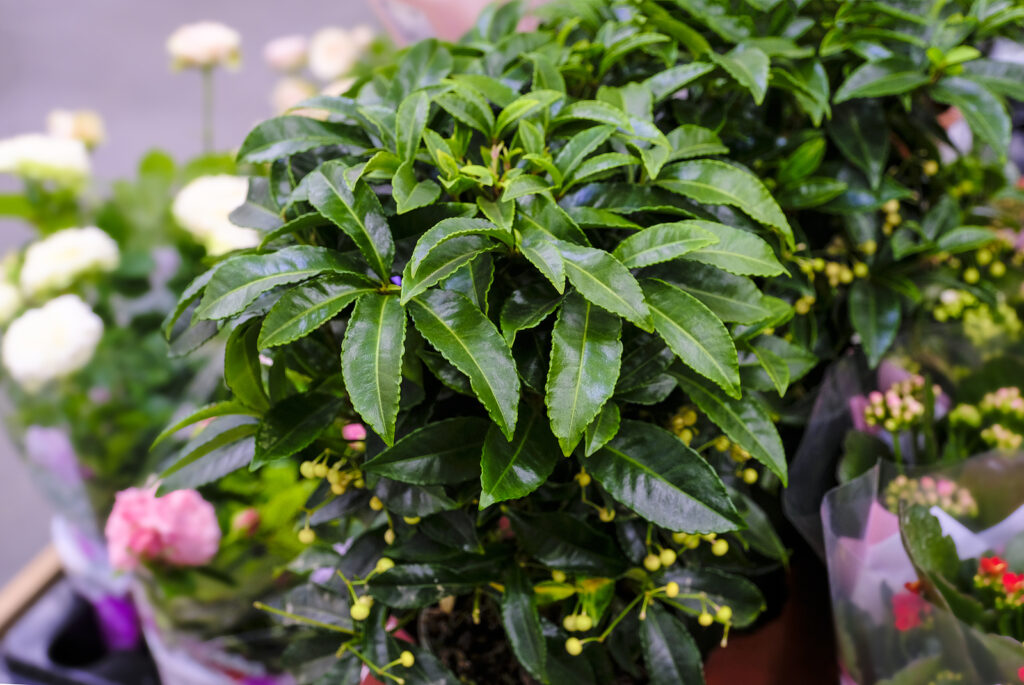
Where to plant Ardisia
- Light indoors: Bright light from eastern or western exposure, with full sun in winter. Ardisia needs bright light in summer and direct light in winter.
- Light outdoors: Plant in a shady spot.
- Soil indoors: Plant Ardisia in an all-purpose pottong mix.
- Soil outdoors: Plant in well-drained, humus-rich soil.
When to plant Ardisia
- Set Ardisia outdoors in spring or autumn in frost-free areas.
Planting and spacing Ardisia
- Space Ardisia 18 to 36 inches (45-91 cm) apart.
How to water and feed Ardisia
- Water: Keep the soil evenly moist, while flowering, mist around plant, not directly on blooms. t does best in cool room temperature and humidity of 50 percent.
- Feeding: Fertilize Ardisia weekly during growing season, with mild liquid fertilizer.
Ardisia care
- Dormant period occurs in early spring. Cut plant back to 2 inches (5 cm); withhold water. When new shoots appear, remove all but 3 or 4 of the strongest ones. Repot in new soil or pot-on. Resume watering; 1 month after repotting resume feeding.
- Pruning is minimal, but shrubs may need pinching to keep them from getting leggy.
Growing Ardisia as a houseplant
- Ardisia needs bright light in summer and direct light in winter.
- Ardisia does best in cool room temperatures and high humidity.
- Keep the soil evenly moist but not wet.
- Fertilize Ardisia regularly in spring and summer with a liquid all-purpose fertilizer.
Ardisia pests and diseases
- Ardisia is susceptible to damage from scale insects. It can also get red spider mites if it is grown in a hot, dry environment.
Ardisia propagation
- Propagate Ardisia by air layering, cuttings, or seeds. Cuttings result in a fuller parent plant; air layering helps shape a leggy plant.
- Ardisia is started from seed by commercial growers under special greenhouse conditions. Home propagation is not recommended.
Ardisia varieties to grow
- Ardisia crenata, coralberry. Grows to 36 inches (91 cm) tall in a shrubby form and can be pruned into a treelike shape; shiny, waxy leaves from 2 to 4 inches long; small, star-shaped, fragrant white flowers by clusters of pea-sized red berries.
- A. japonica, marlberry. Grows to 18 inches(45cm) tall or less but spreading indefinitely, this Asian species has glossy, toothed leaves up to 3 ½ inches long, held in whorls; clusters of ½ -inch pink or white star-shaped flowers bloom in late summer, followed by round ¼ -inch bright red berries that persist into winter; marlberry spreads quickly by underground runner; its value is as a ground cover in Zones 7 to 9.

